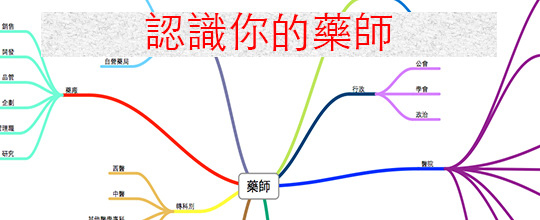上次跟各位介紹的,是藥物,
Drugs known to cause pulmonary disorders 已知會引起肺部異常的藥物
這次是介紹疾病與相關症狀
|
syndrome |
Chest film finding |
Other diagnostic clues |
|
Alveolar hemorrhage |
Diffuse bilateral alveolar infiltrates |
Dyspnea, fever, acute respiratory failure, hemoptysis |
|
Alveolar hypoventilation |
Normal or atelectatic changes |
Unexplained hypercapnic respiratory failure, difficulty in weaning from mechanical ventilation, guillain-barrésyndrome |
|
Bronchiolitis obliterans |
Normal or hyperinflated lung fields, localized acinar or nodular infiltrates |
Dyspnea, cough, fever, hypoxia, hypocarpria, high-pitched inspiratory squeak, expiratory wheeze, obstruction unresponsive to bronchodilator therapy, increased lung volumes, decreased DLCO |
|
Bronchospasm |
Normal or hyperinflated lunf fields |
Dyspnea, cough, wheezing, occasionally other allergic signs(angioedema, urticarial, conjunctival injection, rhinitis) |
|
Hypersensitive lung disease |
Acinar or mixed acinar-interstitial patterm of infiltrates, frequent pleural effusions |
Subacute onset and progression of dyspnea, fever, nonproductive cough, chest pain, rash, myalgia, eosinophilia, restrictive ventilatory defect with decreased DLCO |
|
Noncardiogenic pulmonary edema |
Diffuse acinar infiltrates, pleural effusions may be present. |
Rapid onset and progression of dyspnea and tachypnea; normal LV filling pressures and systolic function |
|
Pneumonitis/fibrosis |
Bilateral reticular or reticulonodular infiltrates;pleural effusions may be present |
Slow onset and progression of dyspnea, nonproductive cough, fever, weight loss, clubbing, restrictive ventilatory defect with decreased DLCO |
|
Pulmonary hypertension |
Normal or prominent pulmonary arteries with right ventricular enlargement |
Progressive dyspnea, exertional chest pain, presyncope, physical exam findings of right heart pain. |
|
Pulmonary infiltrates and eosinophilia |
Pitchy alveolar infiltrates that rapidly migrate (acute disease) or diffuse interstitial (chronic disease) |
Fever, dyspnea, nonproductive cough, wheezing |
|
Pulmonary-renal syndrome |
Diffuse acinar or reticular infiltrates |
Acute onset dyspnea, nonproductive cough, hemoptysis, hematuria; syndrome resembles Goodpasture’s syndrome, but circulating antiglomerular basement membrane antibody is absent |
|
SLE |
Pleural effusion;rarely interstitial and alveolar infiltrates, atelectatic changes |
Systemic complaints, arthralgias, polyarthritis, pleuritic chest pain, presence of antinuclear antibodies. |





 留言列表
留言列表
 線上藥物查詢
線上藥物查詢 